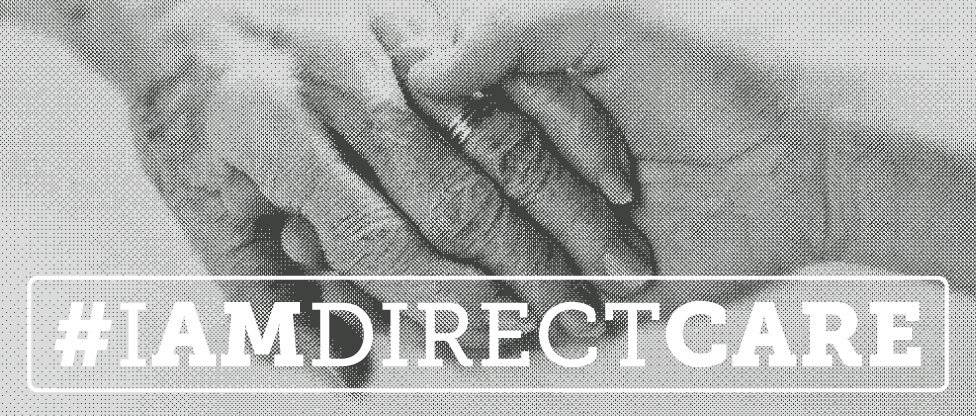We cannot breathe a sigh of relief deep enough to adequately express how glad we are to be cutting the red tape that surrounds traditional healthcare. More specifically, HIPAA. Its rules and regulations are so convoluted that people don’t know which way is up… and that leads to interrupting a private conversation in a hospital cafe reprimanding the wife of a dying cancer patient for speaking publicly about a patient. Baffled yet? Yup, so were we.
An article posted recently on the NY Times gave several instances where HIPAA was misunderstood, and the consequences could have been dire. Take Ericka Gray’s story, for example:
In 2012, Ericka Gray repeatedly phoned the emergency room at York Hospital in York, Pa., where her 85-year-old mother had gone after days of back pain, to alert the staff to her medical history. “They refused to take the information, citing Hipaa,” said Ms. Gray, who was in Chicago on a business trip.
“I’m not trying to get any information. I’m trying to give you information,” Ms. Gray told them, adding that because her mother’s memory was impaired, she couldn’t supply the crucial facts, like medication allergies.
By the time Ms. Gray found a nurse willing to listen, hours later, her mother had already been prescribed a drug she was allergic to. Fortunately, the staff hadn’t administered it yet.
Now, we get what HIPAA is trying to do: keep personal health information private. And that’s a noble gesture. But there are so many hoops to jump through just to get it right that there ends up being more ways to get it wrong. In the DPC world, we love communicating with our patients how they prefer. Read more




